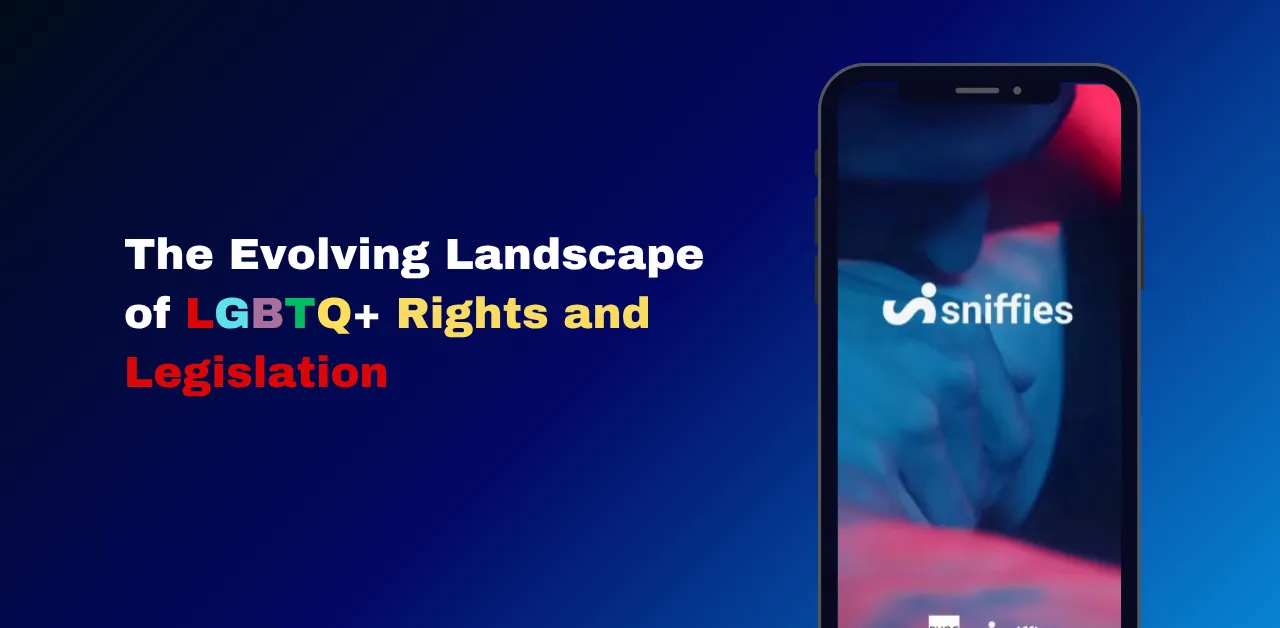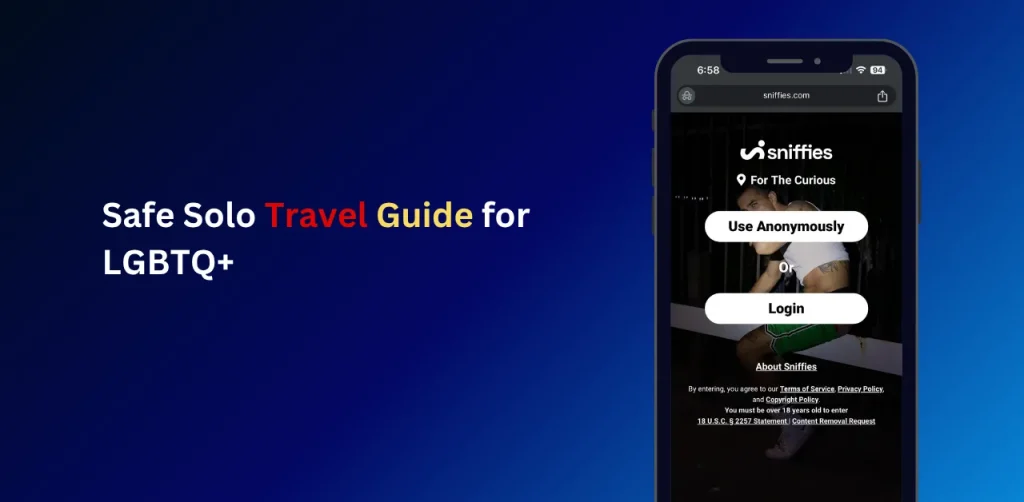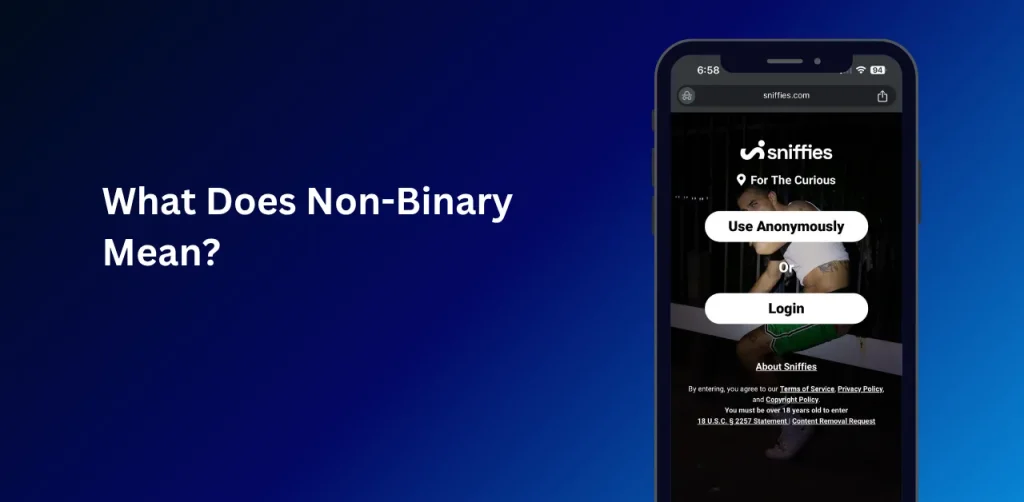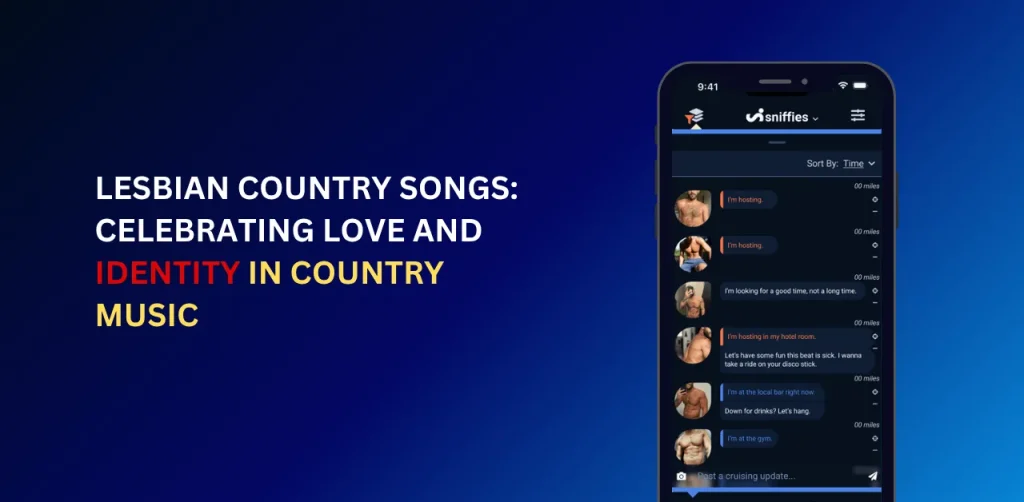Evolving Landscape of LGBTQ+ Rights & Legislation

The landscape of LGBTQ rights has transformed significantly over the past few decades, driven by legal victories, societal shifts, and persistent advocacy. From the decriminalization of same-sex relationships to the global push for marriage equality, progress has been remarkable yet uneven. This article explores the key milestones, current challenges, and actionable steps for supporting LGBTQ+ equality, offering a comprehensive look at where we stand . Based on insights from leading organizations and recent data, we aim to provide a clear, engaging, and trustworthy resource for understanding this dynamic topic.
Milestones in LGBTQ Rights and Legislation
The journey toward LGBTQ+ equality has been marked by significant legal and cultural advancements. Here are some pivotal moments:
- Decriminalization of Same-Sex Activity: In 1962, Illinois became the first U.S. state to decriminalize same-sex sexual activity. By 2003, the U.S. Supreme Court’s Lawrence v. Texas decision invalidated remaining sodomy laws nationwide, a critical step for personal freedom.
- Marriage Equality: Starting with Massachusetts in 2004, same-sex marriage gained traction, culminating in the 2015 Obergefell v. Hodges ruling, which mandated nationwide recognition of same-sex marriages in the U.S. Globally, over 30 countries now recognize same-sex marriage, though challenges persist in many regions.
- Workplace Protections: The 2020 Bostock v. Clayton County Supreme Court decision extended Title VII protections to LGBTQ+ individuals, prohibiting workplace discrimination based on sexual orientation or gender identity. This ruling also influenced protections in education, housing, and healthcare.
- Global Advocacy: Organizations like the ACLU and Human Rights Watch have been instrumental in advancing LGBTQ+ rights through litigation and policy advocacy, addressing issues like conversion therapy bans and transgender healthcare access.
These milestones reflect a growing acceptance, with public support for same-sex marriage in the U.S. rising above 50% by 2011 and continuing to climb, particularly among younger generations.
Current Challenges Facing the LGBTQ+ Community
Despite progress, significant hurdles remain, particularly for transgender individuals and those in less progressive regions. Here are the key challenges:
Legislative Attacks
In 2025, over 300 anti-LGBTQ+ bills were introduced in U.S. state legislatures, targeting transgender youth with restrictions on healthcare, sports participation, and bathroom access. These policies contribute to a hostile environment, exacerbating mental health disparities.
Global Disparities
While countries like Malta and Ecuador have outlawed conversion therapy, others impose severe penalties, including imprisonment or death, for same-sex relationships. The lack of consistent legal protections globally leaves many vulnerable to violence and discrimination.
Discrimination in Everyday Life
A 2023 study by the Center for American Progress found that over one-third of LGBTQ+ Americans faced discrimination in the past year, with transgender individuals reporting higher rates (over 60%). This affects employment, housing, healthcare, and mental well-being.
Online Bias and Censorship
Research from 2020 revealed that platforms like Google News often amplify anti-LGBTQ+ content, while neutral or positive LGBTQ+ content faces demonetization due to keyword blacklists. This limits access to reliable queer-focused resources.
For more on navigating these challenges, explore our article on strategies for overcoming discrimination.
Global Perspectives on LGBTQ+ Rights
The global landscape varies widely:
- Progressive Regions: Western Europe and parts of the Americas lead in acceptance, with countries like Spain and Canada offering robust protections. In Greece, 72% of those with higher education view homosexuality as acceptable, compared to 42% with less education.
- Repressive Regions: In parts of Eastern Europe, the Middle East, and sub-Saharan Africa, legal and social hostility persists. Right-wing populist parties, like Poland’s PiS, often target LGBTQ+ rights, reducing public acceptance.
- Emerging Advocacy: The UN’s Free & Equal campaign, launched in 2013, promotes global equality, while activists in Asia and Africa push for localized change despite resistance.
Understanding these global trends is crucial for advocating effectively. Learn more about international advocacy in our piece on global queer movements.
How to Support LGBTQ+ Equality
Advocacy and allyship are vital for continued progress. Here are actionable steps to contribute:
These steps empower individuals to make a tangible impact. For more practical tips, read our article on effective allyship strategies.
The Role of Education and Media
Education and media play critical roles in shaping perceptions:
- Schools “…Inclusive Schools: GLSEN’s research shows that inclusive curricula and anti-bullying policies improve mental health and academic outcomes for LGBTQ+ students.
- Media Representation: Responsible media coverage can normalize LGBTQ+ identities, but biased algorithms often amplify harmful narratives. Advocacy for fair representation is essential.
By promoting inclusive education and media, we can foster a more accepting society.
The Future of LGBTQ+ Rights
The future hinges on sustained advocacy and policy reform. The Biden administration’s efforts to bolster nondiscrimination protections signal progress, but state-level attacks and global repression demand vigilance. Emerging trends, like increased civic participation by LGBTQ+ youth (88% compared to 44% of cisgender peers), suggest a growing movement for change.
What are the current LGBTQ+ rights in the US?
Same-sex marriage is legal, but 29 states lack full protections.
How can I support transgender rights?
Advocate for healthcare and legal recognition.
Why do LGBTQ+ rights vary globally?
Cultural and legal differences shape policies.
Why Advocacy Matters
LGBTQ+ rights are evolving. Marriage equality shines, but anti-trans bills challenge progress. advocate for fairness and share your support on X with #LGBTQEquality. Looking for more helpful info? Read our guide on Power of LGBTQ+ Representation in Media and Current State of HIV/AIDS in the Gay Community





